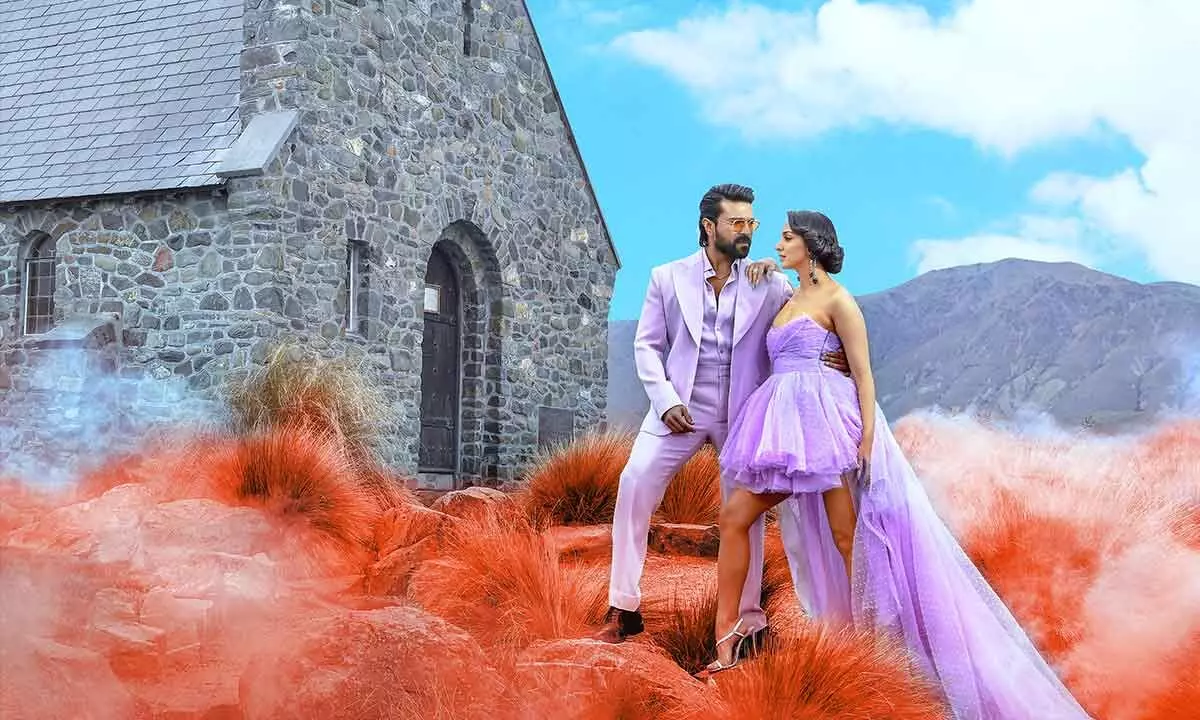Caravaggio's "The Taking of Christ" (1602) / Courtesy of Acts Management By Park Han-sol Despite a short life marred by brawls, arrests and even murder, Michelangelo Merisi da Caravaggio, better known simply as Caravaggio (1571-1610), forever revolutionized the art of painting. His masterful use of intense chiaroscuro, paired with highly dramatic compositions, cast his figures in piercing beams of light against shadowy backdrops. He also chose to paint his subjects, whether sacred or earthly, with raw humanity, complete with flaws and imperfections, instead of as idealized forms favored by his predecessors.
In a career that lasted less than two decades before his premature death, the Italian artist managed to inspire a generation of painters across 17th-century Europe and ignited a transformative wave that shaped the Baroque art movement. “The Master of Light Caravaggio and His Descendants,” on view at the Seoul Arts Center’s Hangaram Art Museum, brings together 57 masterpieces — 10 attributed to the controversial genius himself and the rest by Caravaggisti, his stylistic followers, and other Baroque-era contemporaries. Among Caravaggio’s 10 paintings, the largest number ever displayed in Asia, three hail from the collection of Italy’s prominent Uffizi Gallery.
Simone Peterzano's "Presentation of Jesus in the Temple" (1588) / Courtesy of Acts Management Born in Milan in 1571, Caravaggio began his artistic journey at the age of 13 when he joined the workshop of Sim.


















